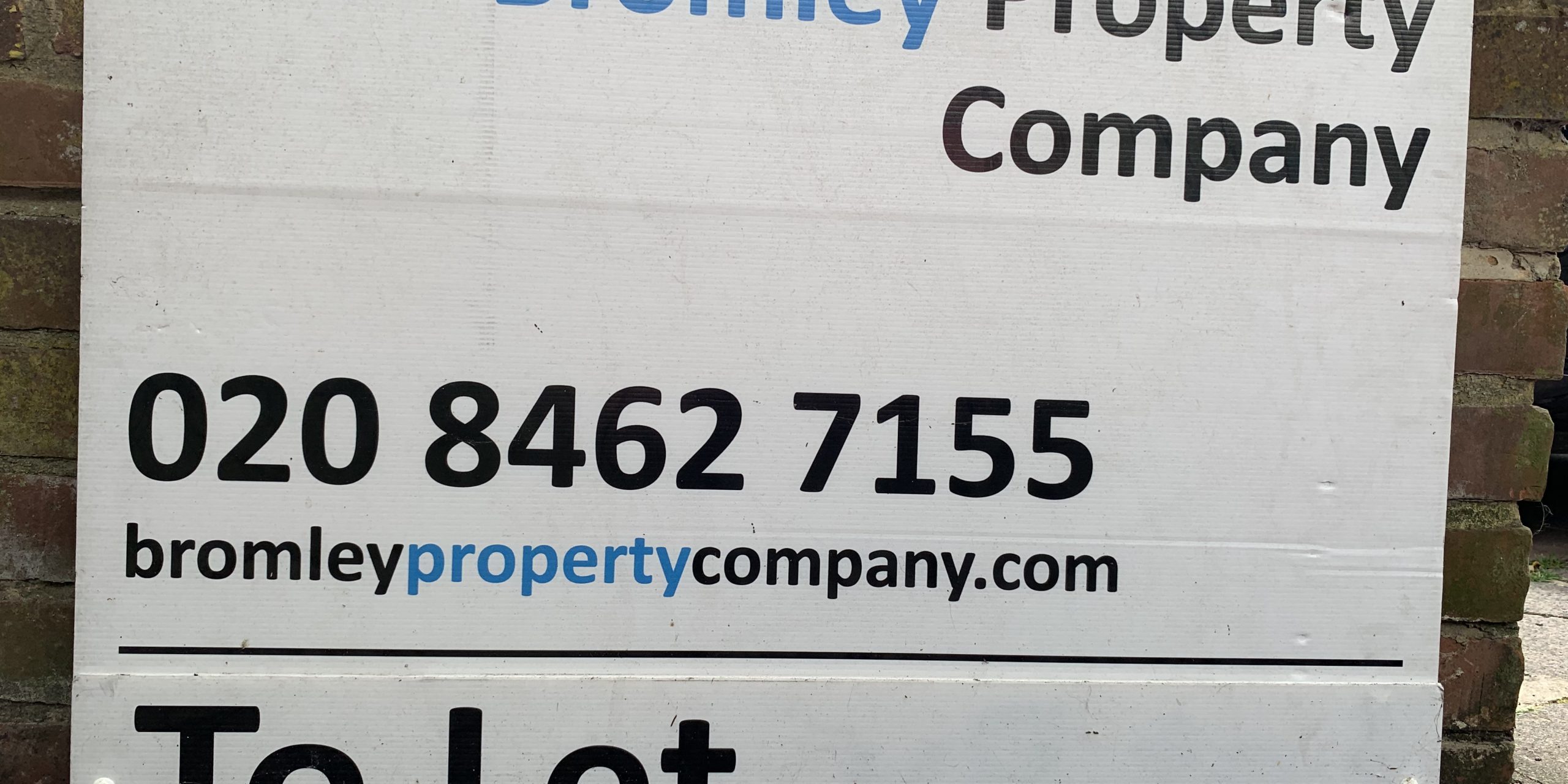Here at Bromley Property Company we look after many properties available for rental, and help and advise landlords if necessary, as well as prospective tenants. If you haven’t rented previously, or rented a property out, then tenancy agreements can possibly seem a little daunting and confusing.
Here on our blog we tell you what you need to know when it comes to such agreements.
So what is a tenancy agreement?
The tenancy agreement sets out the terms and conditions of a let, importantly, the rights and responsibilities of landlords and tenants. Here in England (and in Wales) the standard agreement is an Assured Shorthold Tenancy (AST), which is what we’re looking at here (Scotland has a different set of rules and regulations surrounding this, more information can be found on the Scottish government website.)
- Are you using an up-to-date version of the agreement? Lettings laws do change fairly often and that might result in changes to various clauses, terms and conditions in the tenancy agreement. Always check that the version you and your tenant are signing is the latest one.
- Tenancy agreements can be verbal. Because various rights and responsibilities are statutory, once a Landlord has accepted rent from a Tenant it can become legally binding, even without a written agreement. Problems can (and most certainly do!) arise if there’s no written agreement, because there’s no way of proving what terms were agreed at the start of the tenancy. Especially if you have a mortgage it’s likely and sensible to only use a signed formal, clear Assured Shorthold Tenancy (AST).
- Statutory law applies regardless of what’s stated in the tenancy agreement The laws passed in parliament are enforceable as they are legally binding, even if they are not included in the signed tenancy agreement. Also, if you add a clause that contravenes a tenant’s statutory rights, it will be invalid – regardless of whether the tenant has signed the agreement. It could be considered as an ‘unfair term’ or clause, for example, trying to get the tenant to ‘repaint the living room’ or totally change the notice period.
- Length of agreement. The initial fixed term of a tenancy under an Assured Shorthold Tenancy is a minimum of six months, and typically a maximum of 12 months, after which it can be renewed by signing an new Assured Shorthold Tenancy or simply become a ‘periodical’ or ‘rolling’ tenancy. This can be ended at any point by either party giving the required notice. Lenders are becoming more flexible on their mortgage product offering, and some will now allow up to three year tenancies.
- Notice period. Assuming the terms haven’t been breached, the landlord must give the tenant a minimum of two months’ notice to leave by way of the issuing of a Section 21 notice. The tenant must give the landlord a minimum of one month’s notice, in writing. You cannot ask a tenant to leave until the end of the initial fixed term of the agreement, so if it was signed for a minimum initial term of 6 months, the earliest you can issue a notice to leave is month four of the tenancy.
- All rent-related information. In the tenancy agreements this includes the amount of rent to pay, when it’s due and the payment method required. If you want to charge interest fees on late rent, make sure you state the interest rate and also when and how it’s applied.
- Details of any services and utilities that are included. If you’re including things like council tax and internet in the rent, this should be clearly stated so there are no misunderstandings.
- Who is responsible for maintenance As standard, there should be details of expectations for the tenant keeping the property in good ‘working order’. Anything else that the tenant’s responsible for, maintenance-wise (for example, mowing the lawn) should also be included.
- Deposit information. Details about where and how the tenant’s deposit is protected should be included in the agreement. If the deposit isn’t protected correctly and/or the required prescribed information is not given to the tenant, this could affect your Section 21 rights to end the tenancy.
- Additional clauses and documents. For instance, if you’re allowing pets in the property, terms should be either inserted as a clause in the agreement, or written in a separate document that’s referred to in the agreement.

